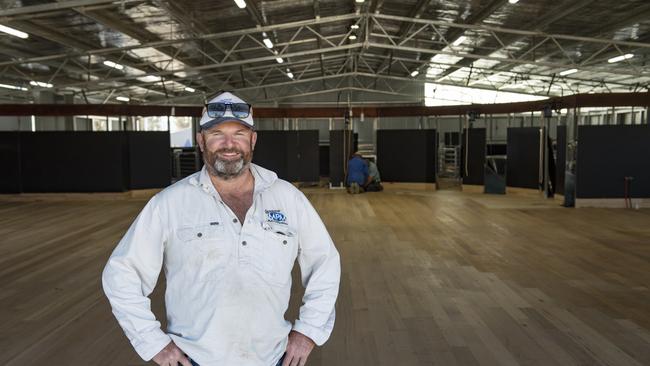Insight: Why six-month shearing is reaping rewards
It’s hard enough to find shearers once a year but some farmers are shearing every six months, finding the rewards are worth the effort.
Producers employing a six-month shearing schedule are thriving despite the issues currently affecting the industry.
The shift to twice-yearly shearing has plateaued recently amid the labour shortage causing delays that make even the 12-month schedule difficult to maintain.
But producers who made the transition years ago appear to be holding up better thanks to a closer relationship with their shearing contractors and fewer discounts seen at market.
“Those who have stuck with it are reaping the benefits at the moment because there is so much long wool around, traders are chasing those shorter wools 65mm plus,” Elders state wool manager Lachie Brown said.
“On a wool value perspective, you do need to cut more to offset the additional shearing costs, and keep up the feed, but if you can manage it, it’s worthwhile.
“It has to fit with a producer’s program – if they’re running multi-enterprise operation with cropping and prime lamb production then it’s more difficult to co-ordinate.”
Mecardo analyst Andrew Woods said discounts seen for overlength wool start at 110-120mm, with significant discounts for wool above 120mm, while discounts for shorter wool are observed below 60mm.
The Glendemar Merino stud at Marnoo has been shearing on a six-month schedule for the past five years, with 15,000 to 18,000 sheep going through the shearing shed between April and October every year.
“The sheep just thrive and it goes with our sheep type,” stud principal Ben Duxson said.
“We were selecting for longer staple, plain bodied sheep; we would be too long for the traditional market if we had a 12-month shearing.

“When we first started we did worry about getting the minimum 60mm length but nowadays they do it quite easily; 65mm to 70mm for the ewes and up to 80mm for the younger sheep.
“Timing is everything, though it’s a big thing to manage with all the key management dates in our calendar.”
Three years ago, sheep producer Graeme Maher from near Horsham swapped to six-month shearing for its benefits to sheep health improving their lamb production.
“It’s now got to the stage where lamb is $7/kg and wool is $10/kg,” Mr Maher said.
“It’s a lot easier to grow another kilogram of lamb over a kilo of lamb so the emphasises of my operation has changed – I’m not a wool producer now, I’m a sheep producer.”
While Mr Maher only employs a six-month shearing schedule for a third of his flock, the poll Merinos, he said the increased lambing percentages have been worth it.
“We brainstormed what’s the best way for us to make more money from our production and that was to get a better lambing percentage out of our Merinos,” he said.
Mr Maher said a happy by-product of their shorter shearing intervals was the increased wool production, which he estimated at up to a kilogram more per sheep, averaging about four kilograms for six months.




